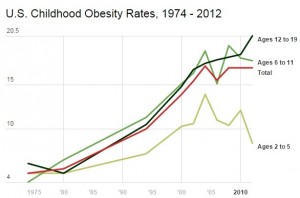The next innovative ballpark food is set to hit Miller Park this season, as Milwaukee Brewers fans will have a chance to take a bite of the Inside The Park Nachos.
They feature a stick of beef, loaded with refried beans, rolled in Doritos, and then deep fried and drizzled with sour cream and cheese.
“We’ve sold nachos before, but some people don’t want to get messy,” said Jamie Hodgson, general manager of Miller Park hospitality for concessionaire Delaware North.
“I think this is going to be a big seller because you can eat this in one hand and have a beer in the other.”
Two other items will get the attention of Brewers fans. One is the Down Wisconsin Avenue Brat. It’s an 18-inch brat covered with gravy, French fries, cheese curds, cheese sauce, fried sauerkraut and jalapeños, then topped with sour cream and chives. The behemoth will cost $20.
“The smart fan knows that you pay for something like this by just splitting it, but we know there are going to be people that save it all for themselves,” Hodgson said.
The third star of the Miller Park menu this season is the Miller Park Bratchos, a take on the meat-based nachos that were popularized recently by the Green Bay Packers.
This version has four sausages — chorizo, Italian, Polish and bratwurst — cut up and served on top of kettle chips, sour cream, fried jalapeños and sauerkraut.
The Brewers will be competing for the item that gets the most buzz at major league ballparks this year. The leader in the clubhouse is the Arizona Diamondbacks, who are serving a Churro Dog, which is a churro inside a doughnut bun topped by a frozen yogurt sundae.
Source: Milwaukee Brewers offering deep-fried nachos on a stick at ballpark






